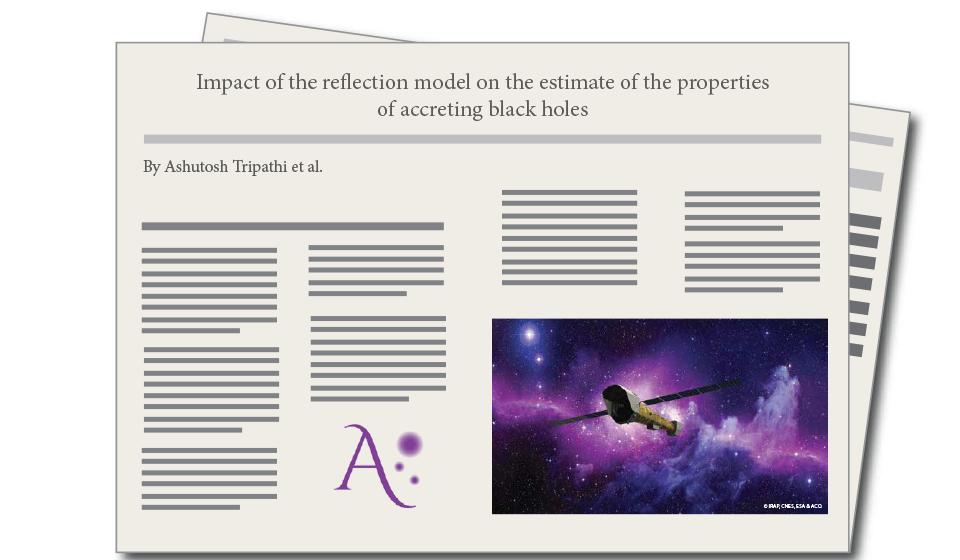
Impact of the reflection model ...

By A. Tripathi
Relativistic reflection features in the X-ray spectra of black hole binaries and AGNs originate from illumination of the inner part of the accretion disk by a hot corona. In the presence of high quality data and with the correct astrophysical model, X-ray reflection spectroscopy can be quite a powerful tool to probe the strong gravity region, study the morphology of the accreting matter, measure black hole spins, and even test Einstein's theory of general relativity in the strong field regime. There are a few relativistic reflection models available today and developed by different groups. All these models present some differences and have a number of simplifications introducing systematic uncertainties. The question is whether different models provide different measurements of the properties of black holes and how to arrive at a common model for the whole X-ray astronomy community. In this paper, we start exploring this issue by analyzing a Suzaku observation of the stellar-mass black hole in GRS 1915+105 and simultaneous XMM-Newton and NuSTAR observations of the supermassive black hole in MCG-6-30-15. The relativistic reflection component of these sources is fitted with RELCONV×REFLIONX, RELCONV×XILLVER, and RELXILL. We discuss the differences and the impact on the study of accreting black holes.

